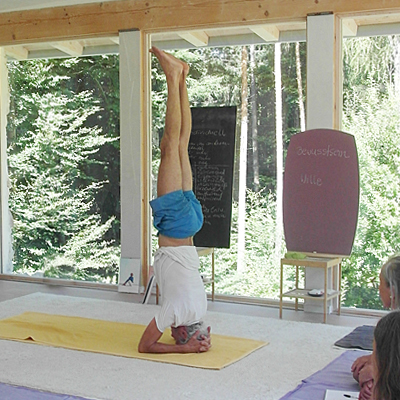
Yoga at the daily study program
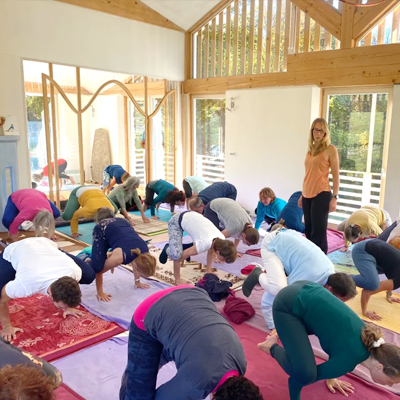
Yoga at the Training Days
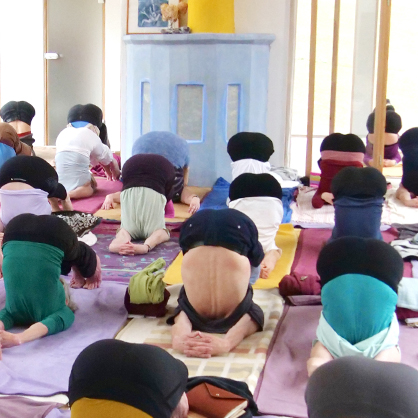
Yoga at the specialist training course
Yoga at the daily study program
In the study program, you learn to consciously shape the yoga exercise in line with the new yoga will. You form ideas and express them in a yoga exercise, get to know and feel the yoga postures more consciously and develop the ability to consciously guide the body.
In addition to technical perfection, each exercise also has an expression that is appropriate to it and is supported by the meaning and mental activity that is put into it. This expression is an important part of this yoga.
Heinz Grill
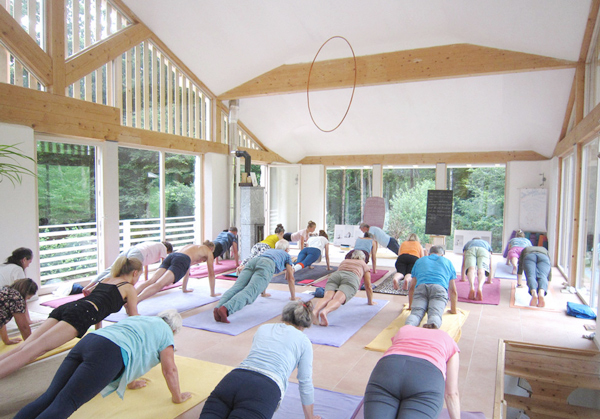
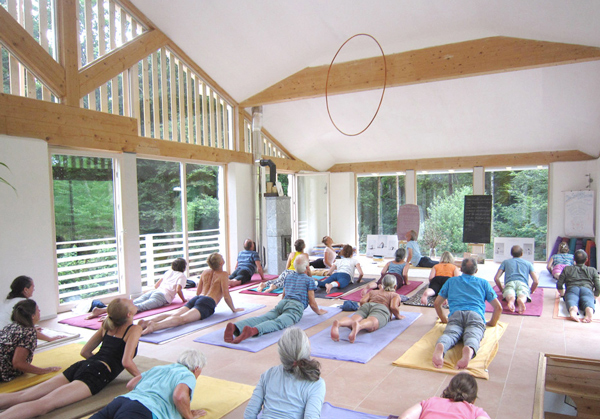
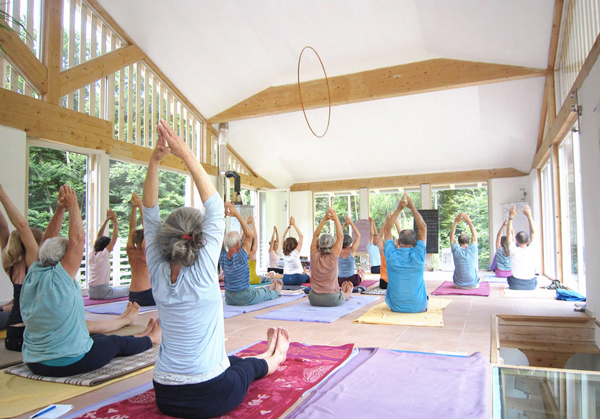
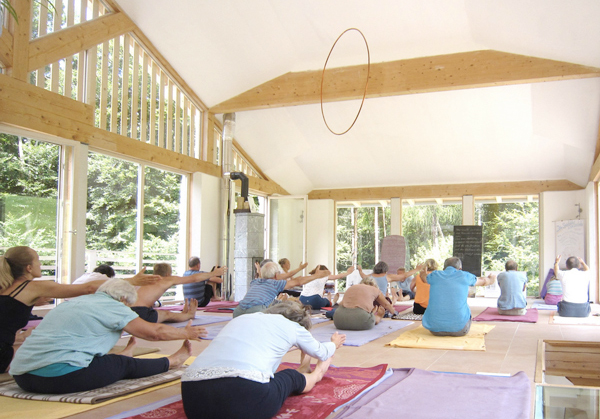
Yoga at the Training Days
Intensive, multiple-hour practice of āsana with concrete visualisation content
The yoga training days include an intensive yoga practice lasting several hours. It is usually organised by Heinz Grill and trained yoga teachers. Yoga exercises, the so-called āsana, are explored in depth and developed further through intensive practice, resulting in visible progress. Participation requires the study of at least one of Heinz Grill’s books.
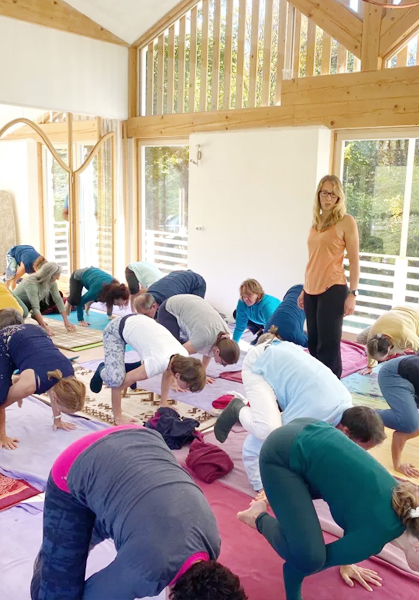
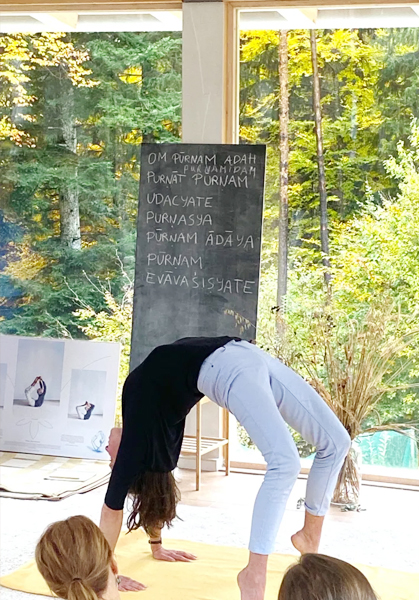
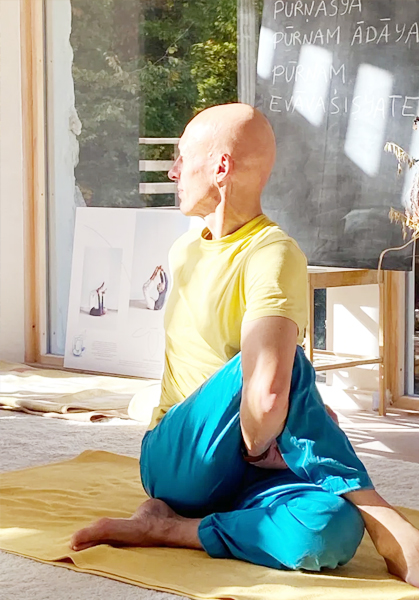
Find out more about participation and registration on: Yoga and Social Competence >>
Yoga at the specialist training course
How can the yoga exercises be further developed to create forces that lead to more empowerment in daily life and at work?
The specialised training courses are offered three times a year. They are aimed at anyone who is looking to make good progress in his or her asana practice or teaching practice (yoga teachers) and who would also like to broaden and deepen relationships in life, at work and with others by developing new experiences.
Every day there is an intensive asana session lasting around three hours, as well as various lessons on philosophy, soul exercises, corrections or questions about current affairs from a yoga perspective. Heinz Grill, founder and author of the soul dimension of yoga, usually leads the asana session and moderates the event.
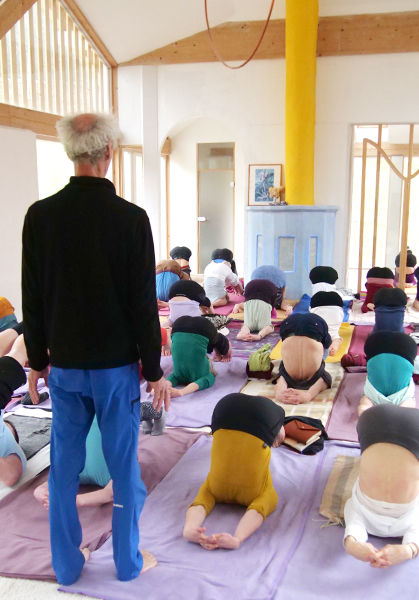
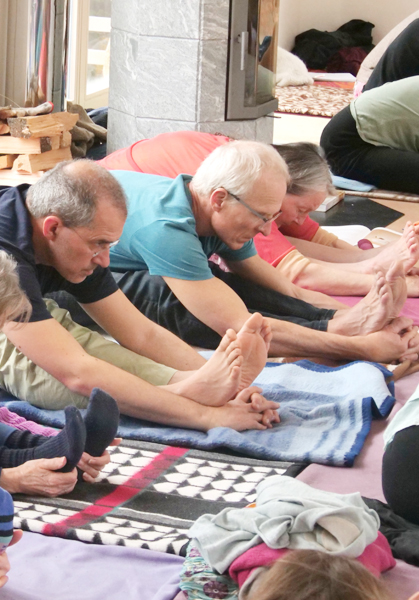
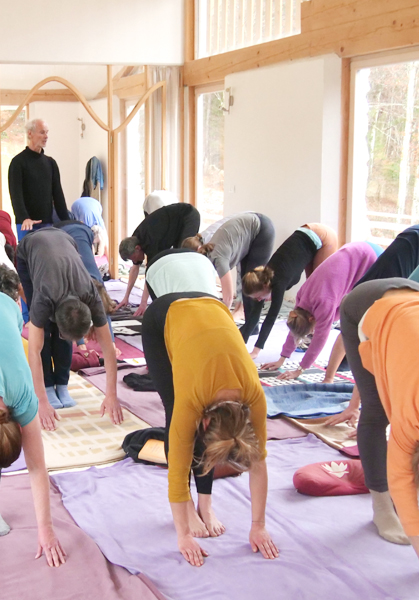
Find out more about participation and registration on: Yoga and Social Competence >>
Yoga in private study: e.g. 12 points for working out asana
The following 12 points are elaborated and deepened in relation to the asana in yoga training, among other things, in the specialised further training courses and in the study program.
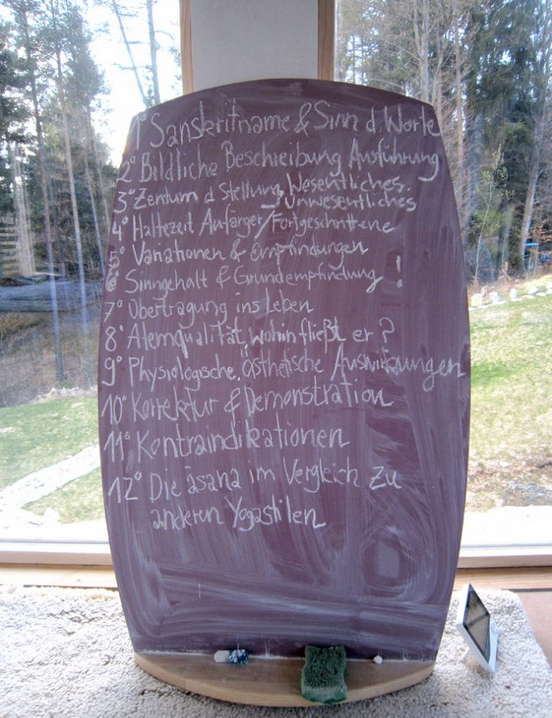
- Sanskrit name and the meaning of the words
- Pictorial description of the execution
- Centre/chakra of the pose and essentials of the chakra
- Holding time, appropriate for beginners/advanced practitioners
- Variations and the corresponding feelings
- Meaning and basic sensation
- Transfer into life
- Breath quality, where does the breath flow?
- Physiological and aesthetic effects
- Correction and demonstration
- Contraindications
- The asana in comparison to other yoga styles

